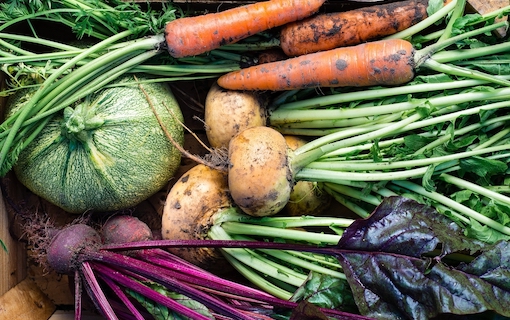During these times it is best to grow your own survival garden.
Smiles!
That’s what we need more of, right?
I’ve been home now for 34 days.
Each day I get out for a walk. And now I’m in the middle of planting a fruit, herb and veggie garden.
I’m so excited about having my own organic food.
Growing a home garden is one of the best ways to have a fresh, organic supply of fruits and vegetables for your family.
The soil is always going to grow something. Why not healthy, delicious food that you can actually eat and enjoy? Why not some lovely greens, herb, potatoes, cucumbers, and tomatoes, to name a few?
I’ve been doing a lot of research and have read that there are over 50 fruits and vegetables to plant if you want a seemingly endless supply of healthy foods at home.
If what’s stopping you from starting your own survival garden today is the idea that it might be difficult or confusing, here’s something that will help tremendously.
GO, GROW AND GLOW A SURVIVAL GARDEN
Now, what if I told you this survival garden manual shows you how to build a special kind of garden that needs no digging, no watering, and no weeding…
AND it can grow in the most extreme places on earth?
This type of “food forest” grows on auto-pilot with minimal energy because it mimics how nature works. No one is watering the woods, yet every plant has managed to survive there.
Start your very own survival garden that’s 100% concealed from prying eyes and stay well-fed in case of a long-term disaster.
Now, you’re welcome to create your own survival garden even if you already have enough supplies.
Because when you have this set up in your home, you may not even need to buy produce from the supermarket ever again.
You also might want to consider creating your own solar-powered generator click here to read more.
There are 3 simple steps to creating your own survival garden.
Step #1: A little initial digging and mulching.
Step #2: A little digging of some shallow ditches.
Step #3: Plant seeds according to which plants go together, and which don’t.
For more detailed instructions, check out the video ⇓
 |
Members Only Content Please login or register for a Free Membership to view this content. |
When you’re done getting your garden planning book, watch this. My friend Chris edited together a hilarious video. Enjoy and pass it along.

